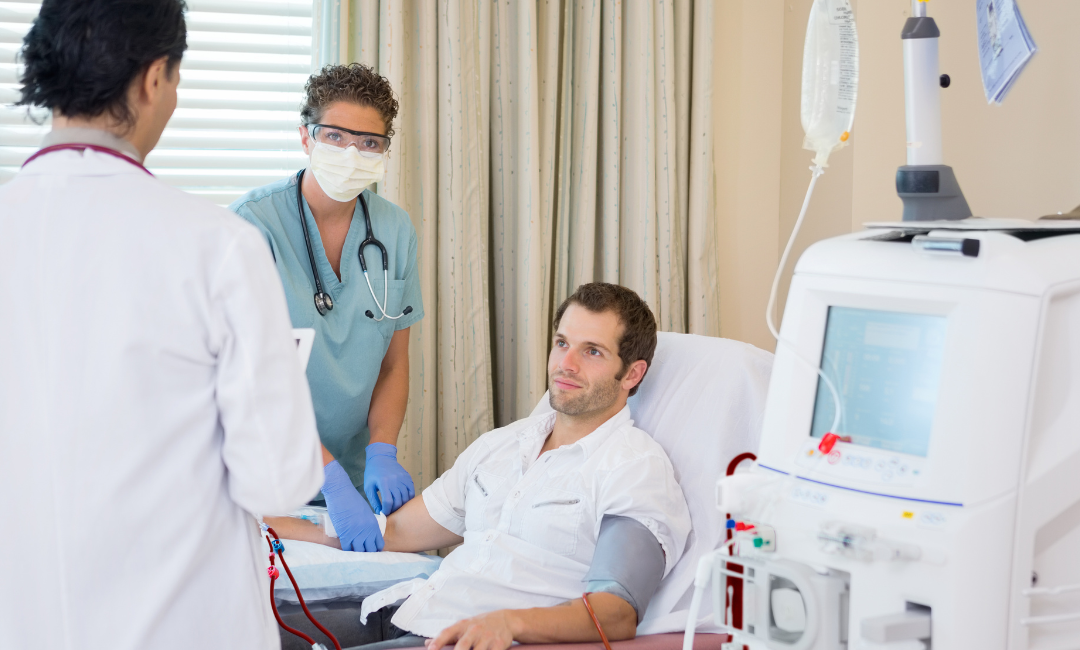The Bottom Line
Over the past four decades, significant progress has been made in the fight against HIV/AIDS, with the development of safer, more affordable, and effective prescription drugs. From the emergence of the AIDS epidemic in 1981 to the breakthrough of pre exposure prophylaxis (PrEP) medications, individuals can now take greater control of their health and reduce the risk of HIV transmission. PrEP, covered by most insurance plans and accompanied by financial assistance programs, has made HIV prevention more accessible than ever.
Despite these advancements, the primary challenge now lies in raising awareness about PrEP and ensuring that eligible individuals have access to this crucial preventive measure. By working to increase PrEP knowledge and encouraging HIV testing for at-risk patients, healthcare professionals, particularly nurses, can play a vital role in reducing the number of new HIV infections. Through collaborative efforts between medical professionals, patients, and organizations, it is possible to achieve the ambitious goal of reducing new HIV transmissions in the United States by 75% by 2025 and by at least 90% by 2030. With a united front, we can continue to make strides in combating HIV/AIDS and improving the lives of those affected by this disease.








